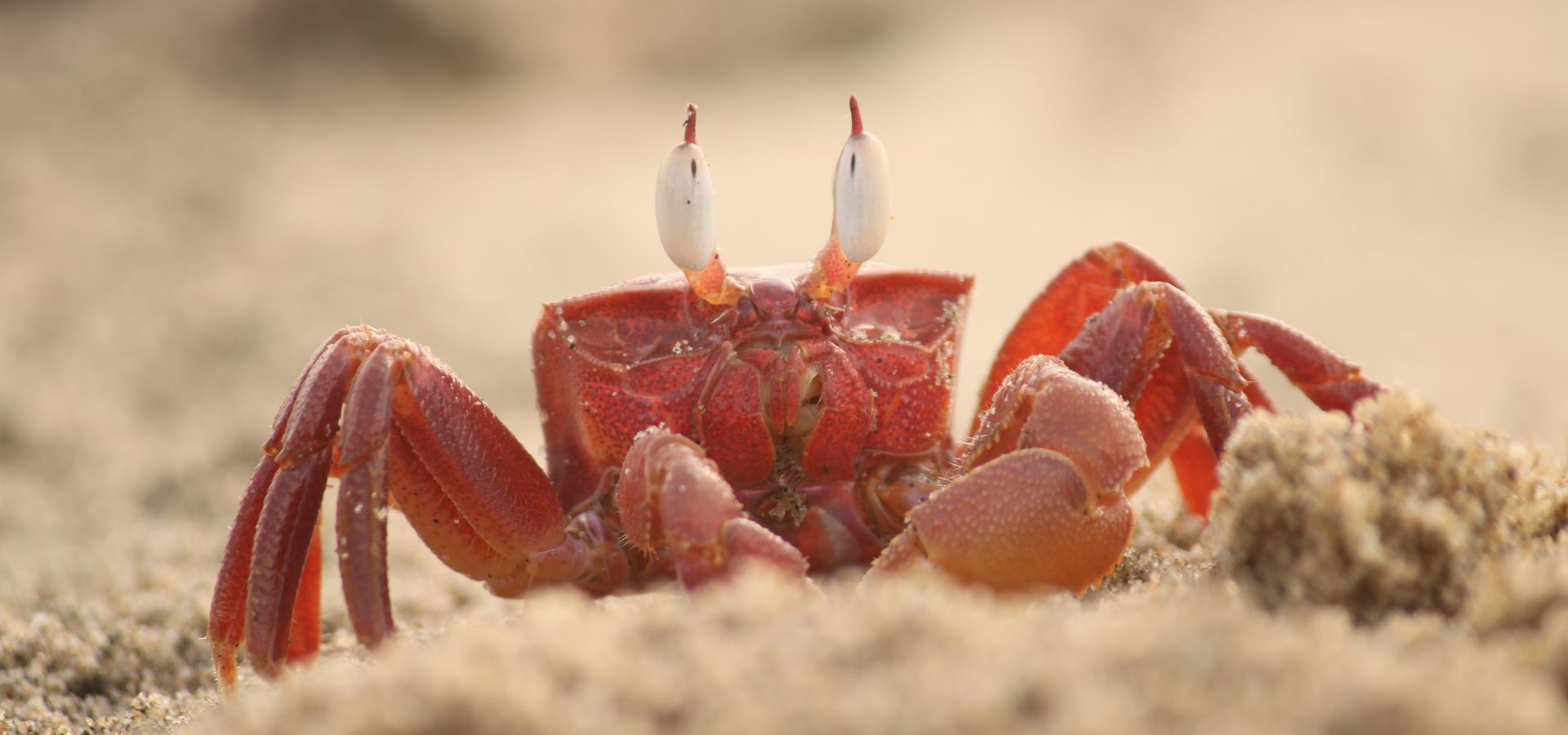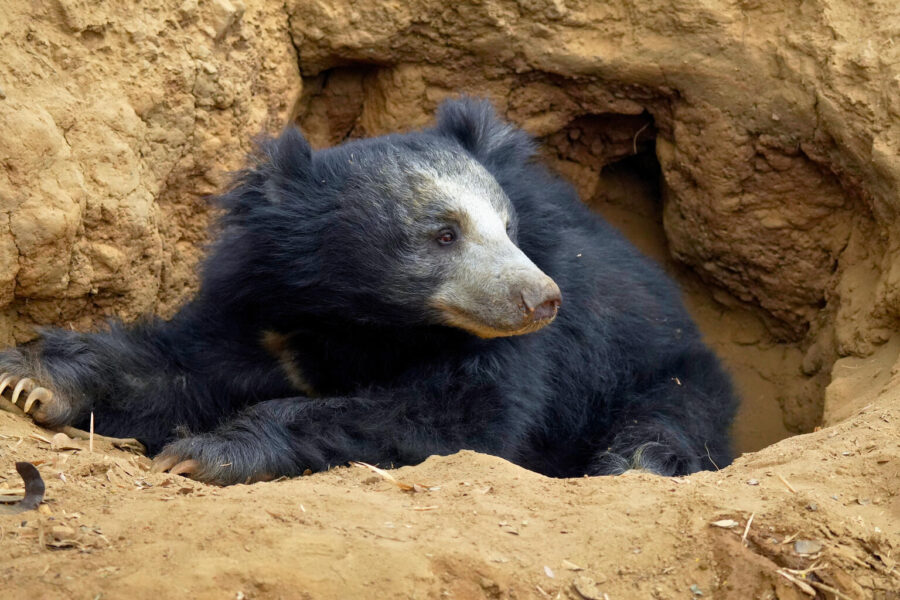What comes to mind when we think of the word “engineer”? Perhaps a group of people toiling to build a giant structure, such as a dam across a river? Now in your mind’s eye, replace these people with a group of beavers. These rodents efficiently create their own dams in riverine ecosystems, effectively becoming keystone species. And they do so using the most uncomplicated tools — chopped-up logs and branches!
Coming closer to home, let’s turn our attention to the forests of India. Imagine this rich biodiversity without the presence of the largest land mammals of our continent, Asian elephants. Sounds incomplete, doesn’t it? Not just for those who love these gentle giants, but also for the very ecosystem they thrive in. That’s because these enormous animals can vastly modify the environment around them, just through their daily routine.
By simply walking along their route, elephants remove prickly bushes and dense foliage, by often using their trunk as well, to create open pathways that help smaller animals go from one place to another. Animals like beavers and elephants are rightly called engineers of their ecosystems since they have been able to sustain their own kind as well as those of several wild cohabitants. Ecosystem engineers are therefore also included within the list of notable keystone species. This Engineer’s Day, let’s look beyond the urban jungle to find out the wondrous work of animal engineers!
What is a Keystone Species?
Ecologist Robert Paine coined the term “keystone species” in the 1960s, to denote the significance of certain animals in an ecosystem. Keystone species ensure the survival of other species in their habitat. Scientists broadly include three categories under keystone species, one of them being ecosystem engineers, while the other two are predators and mutualists. There is, sometimes, a significant overlap amongst these categories.
Without these engineers in the wild, the ecosystem would either perish or would change significantly. However, this is precisely what is happening because of various anthropogenic factors, such as climate change and rampant encroachment of wild spaces.
However, several controversies surround the term “ecosystem engineer”. Many consider this engineering to imply that the species was intentionally manipulating its surroundings. However, such a concept is associated closely with the strategic thinking of human beings.
Several animals adopt ways to adapt and survive in challenging, ever-changing scenarios of today. The endeavours of some species create a ripple effect for other animals and plants in their environment. But how much of an impact can an animal have on its ecosystem in order to be classified as its engineer? There is no easy answer to this. However, certain species have come to be more widely acknowledged as ecosystem engineers than others.
Ecosystem Engineers
Elephants and other large herbivores are prototypical ecosystem engineers. Ungulates like the spotted deer prevent tiny plants from becoming too tall through their grazing. Their foraging prevents foliage from being overcrowded, and keep the areas beneath trees clear.
Size doesn’t matter, as many smaller vertebrates, arthropods, fungi and flora engineer the ecosystem in their own way. In the mangroves of Sundarbans, crabs play a vital role. By excavating burrows, they essentially create chances for ideal physical and chemical processes to take place. This would also facilitate interactions between groundwater, substrate, and nutrients.
Crabs boost nutrient use efficiency in mangrove forests by feeding on high quantities of leaf litter. This allows for the increased availability of nutrition in the soil for other mangrove plants, animals, and microbes.
The Indian crested porcupine helps the land in a very different way. According to a study published by members of the Salim Ali Centre for Ornithology and Natural History, this porcupine builds extensive burrows in the semi-arid regions of north-west India, that house different animals like pythons, bats, and jackals.
Moving from the subterranean to the arboreal, the frugivorous activities of macaques and langurs serve as essential modes of seed dispersal. This encourages new growth of plants across the forest.
Sloth Bears as Keystone Species
If you think about it, we humans have engineered ecosystems too… and our actions have had far-reaching consequences for our surroundings. Our impact has not always been beneficial to our non-human brethren. As populations increase and forested lands are transformed, more and more animals are forced to survive in smaller pockets of land where the resources are simply not enough to sustain them. Others are forced into close proximity with human beings.
Hindu legends speak of Jambavan, a wise and benevolent sloth bear king, who acted as the king and protector of his forest. The truth doesn’t stray very far from this fiction. Sloth bears in the wild play invaluable roles in the ecosystem they live in… excavating termite mounds and hills with their large claws, and feasting on the morsels nestled within.
Sloth bears are a keystone species because their food, which mostly consists of termites, fruits, and tubers, helps to preserve the health of a forest. However, more and more of them have succumbed to various forms of human-wildlife conflict in the past few decades.
A Case Study: Ramdurga Habitat Conservation
Recognising the need to restore the population of these unique bears — not only for their sake but also for the ecosystems they engineer — Wildlife SOS began the Ramdurga Habitat Conservation Project. This once-lush and vegetative region in the Koppal valley of Karnataka once sustained sustain thriving populations of sloth bears, along with pangolins, leopards, pine martens and many other endangered fauna. However, anthropogenic activities led to the land becoming arid and lifeless for several years.
Wildlife SOS began the process of restoration by acquiring 50 acres of land in Ramdurga Village. This established a wildlife corridor that connects to the surrounding forests. We established a bore well, drip irrigation system and solar-powered electrical fencing. This improved water availability while simultaneously preserving the area.
Ramdurga returned to its original splendour! Not only have the sloth bears made a comeback, but so have leopards and elusive pangolins. The success of this project marks a much needed step to ensure a sustainable population of wild bears, but the journey to securing the species’ future is far from over!
To help Wildlife SOS’ efforts to conserve India’s ecosystems and their engineers, consider making a donation!





